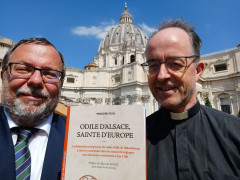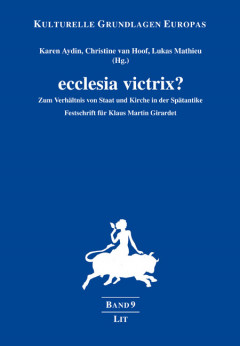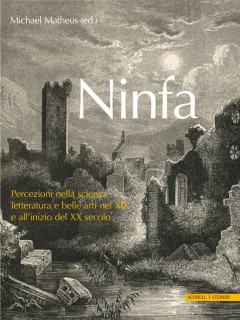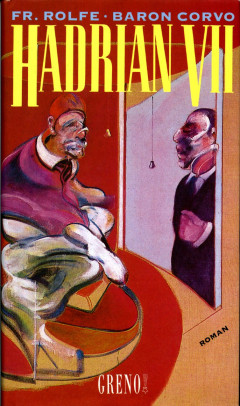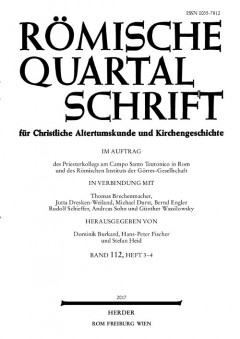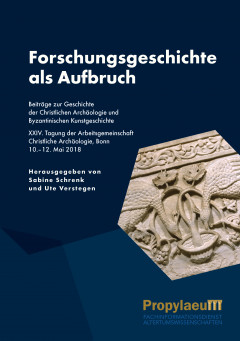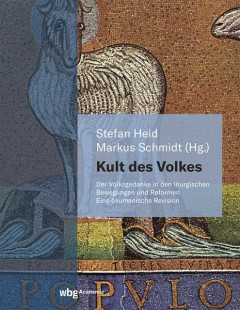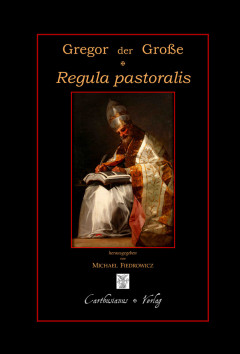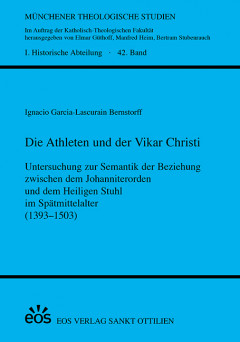After ten years of intensive research, Philippe Nuss, Professor of Mathematics at the University of Strasbourg, has published an exemplary study on St. Abbess Odilia, which he has brought to RIGG. Nuss' research focuses on hagiography of the early Middle Ages. According to her medieval vita, Odilia lived around 700. Nuss researches the spread of the cult from the 8th to the 12th century on the basis of all manuscripts of the vita and on the basis of calendars. The "German" Pope Leo IX (1049-1054) proves to be the driving force of the Odilia cult.
- Details
- Written by: Stefan Heid
- Category: Recommended reading
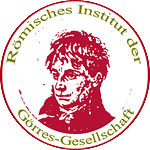 Römisches Institut der Görres-Gesellschaft
Römisches Institut der Görres-Gesellschaft







